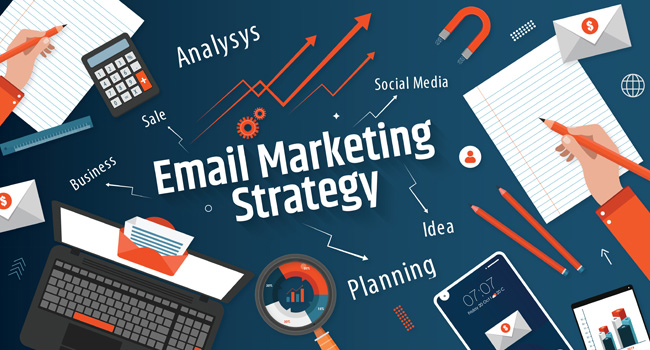
Crafting Effective Email Campaigns:
A Guide for Small Business Owners
In today’s digital age, email marketing remains a cornerstone of business communication. It offers a direct line to your customers and an excellent return on investment. For small businesses, especially those with fewer than three employees, understanding how to craft an effective email campaign is essential. This guide will walk you through the key components of successful email marketing, using straightforward, layman’s terms.
1. Know Your Audience
The first step in any effective email campaign is knowing who you are talking to. Understanding your audience can dictate not only the tone and content of your emails but also their timing and frequency. Start by segmenting your email list based on customer behaviors such as past purchases and engagement levels. This customization can significantly increase the relevance and effectiveness of your campaigns.
2. Set Clear Objectives
Before sending out emails, define what you want to achieve. Whether it’s increasing sales, driving more traffic to your website, or enhancing customer engagement, having clear objectives helps you measure the success of your campaign. Each email should have a specific purpose, which guides the call to action you’ll want your readers to take.
3. Craft Compelling Content
Content is the heart of your email. A compelling subject line is the first step to ensure your email gets opened. Use concise and enticing language that speaks directly to the benefits your audience will gain by opening the email. The body of your email should be concise and to the point, with a friendly and professional tone that reflects your brand. Visuals can also be a powerful tool to make your email more engaging.
4. Optimize for Mobile Devices
With over half of all emails opened on mobile devices, it’s crucial that your emails are mobile-friendly. This means ensuring your emails look good and function well on smaller screens. Simple layouts, large fonts, and accessible call-to-action buttons are all important factors to consider.
5. Test and Tweak
Effective email marketing relies on constant optimization. Use A/B testing to try out different subject lines, email content, and send times to see what works best with your audience. Monitoring open rates and click-through rates can help you understand what captures your audience’s attention and drives action.
Conclusion:
Email marketing continues to be an incredibly efficient tool for engaging customers and driving business growth. For small businesses, leveraging this tool can result in substantial gains. Recent statistics show that email marketing can offer an average return of $42 for every $1 spent. With thoughtful planning, a clear understanding of your audience, and continual optimization, your email campaigns can significantly enhance your digital footprint and business success.

